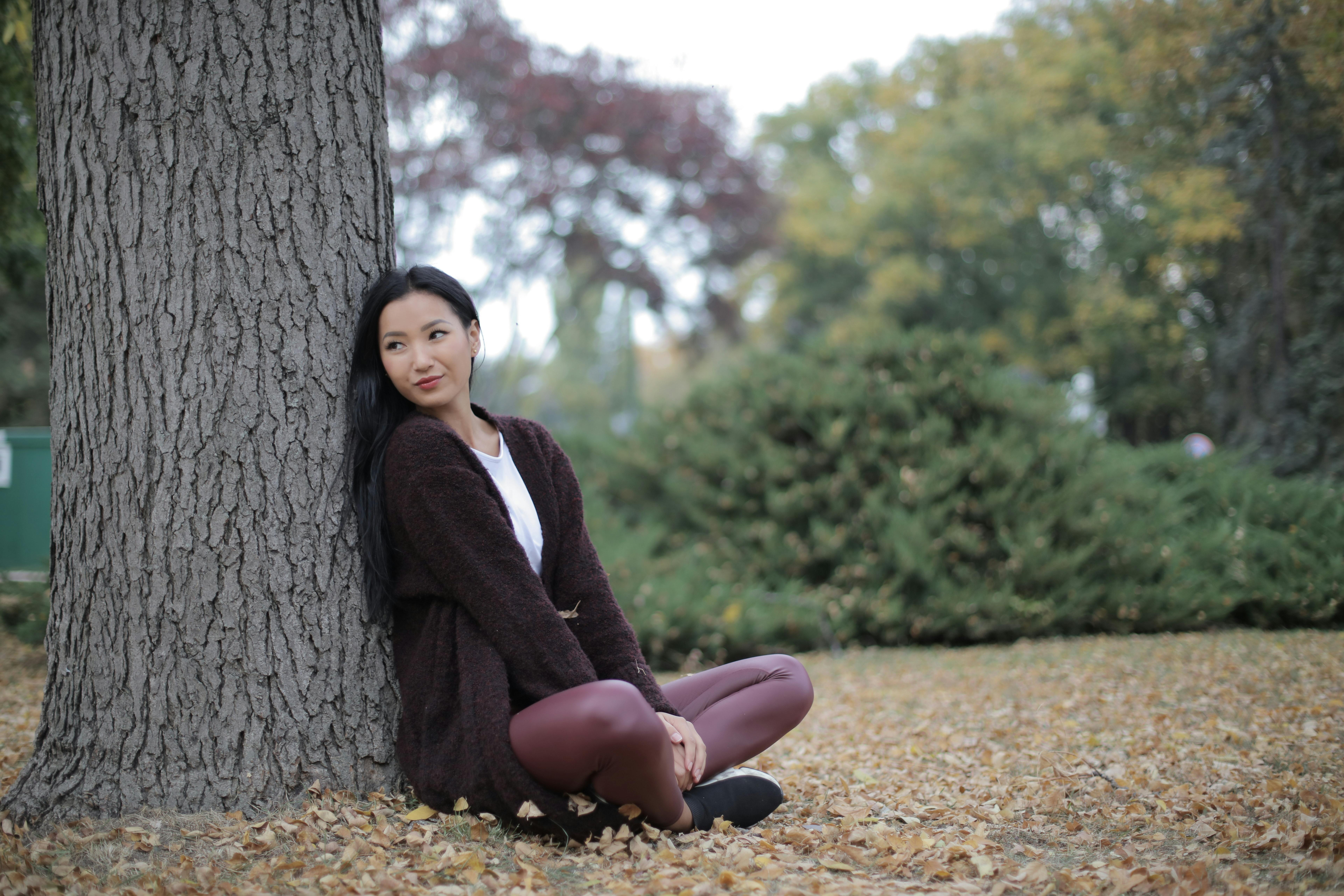Syria, a nation in the middle east, is renowned for its extensive history that has persisted into the present day. One such tradition is the Syrian bride syrian woman. The marriage ceremony is a lavish event filled with incredible rituals. The friends and household shower the groom and bride with love and affection. The honeymooners’ lives enter a new book on the day of the syrian ceremony, which is celebrated.
In addition to celebrating the happy coalition of the couple, the syrian bride ceremony moreover serves as a deed of kindness. The bride-to-be, known as “ktab,” is expected to receive payment from the groom’s relatives. The Ktab is a requirement, and without it, the wedding is incomplete. The groom and his family are required to offer donations to the guests in addition to paying a dowry. These presents are referred to as “adliyah”.
A syrian bridal is typically celebrated with music and dance. At the wedding group, friends are invited and given refreshments and food. A traditional syrian musical ensemble called “arada” plays the songs. The group is made up of shouters and performers who sing the Prophet Muhammad’s praises. In addition, the arada praise the happy couple while reciting theological lyrics. A Syrian ceremony typically lasts until the wee hours of the morning.
A victim’s ceremony was regarded as her biggest and most significant lifestyle event prior to the start of the combat. It served as a metaphor for her move from being an impressionable young woman to her womanly responsibility and her separation from the family. However, as a result of the conflict’s emergence and the exodus of families from Syria and abroad, many Syrians have switched to more Western-inspired bridal rituals. However, a lot of communities continue to practice the rites.

The bridal shower, which is typically held in a little gathering, is the first step in any usual Syrian ceremony. The bride’s near companions and adolescent friends prepare her while she is surrounded by them. The wedding is next brought home by the guys. The man is cheered and clapped for as he enters the porch by a group of shouters and performers known as the “arada.” Typically, the man must delay at the hallway until a family member pays him the volume he requests.
The wife next makes her great access as a sizable crowd from both individuals congregates inside or outside. The bride enters the room wearing her bridal gown and is led to her couch by her maid of honor and best person during this time of additional songs and applause. The rest of the couples then enter one by one, and until the bride and groom arrive at their table, all cheers and dances louder.
Connections with individual’s extended family are highly valued in clan-heavy communities like the Manbij region, and weddings offer a chance to enhance these ties. Additionally, luminaries use this opportunity to mediate serenity between arguing families. This is frequently accomplished by exerting force on both households to extend invitations to the bridal to one another.


